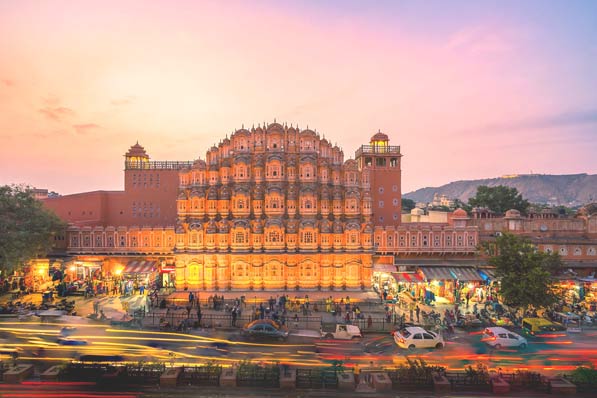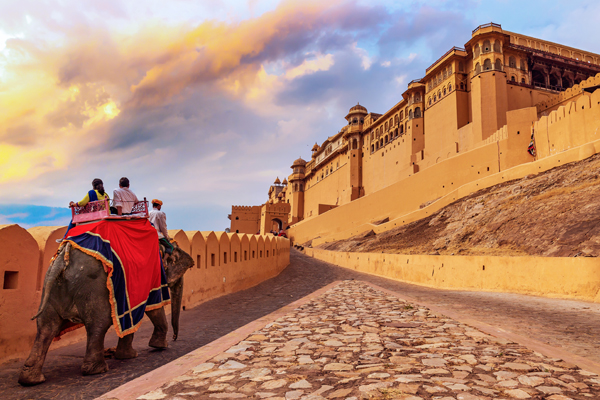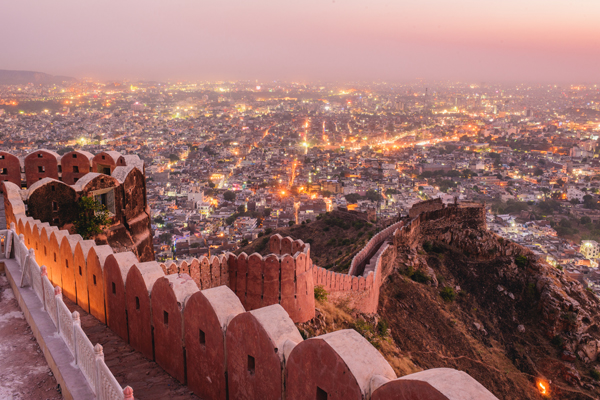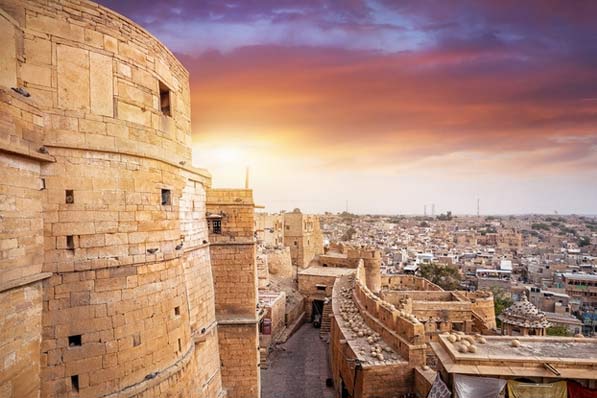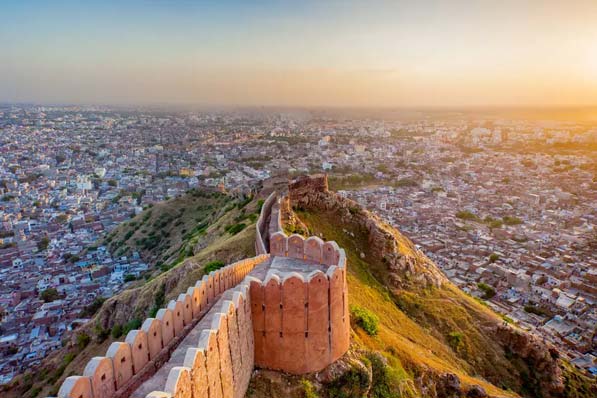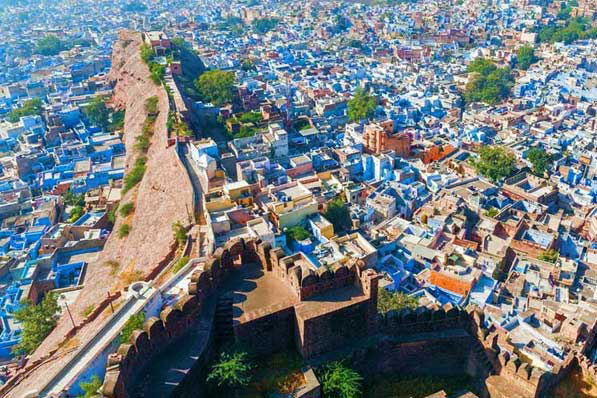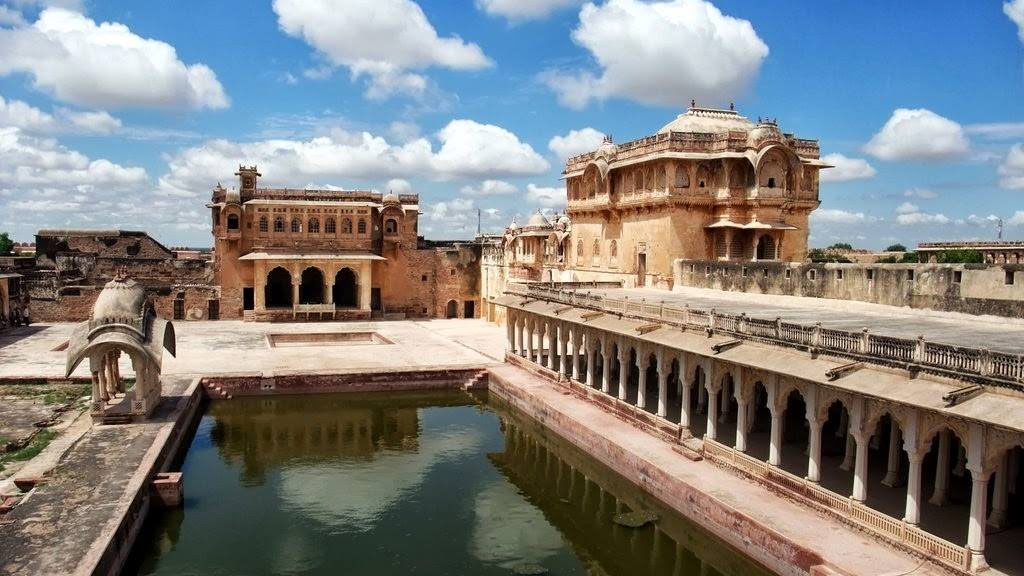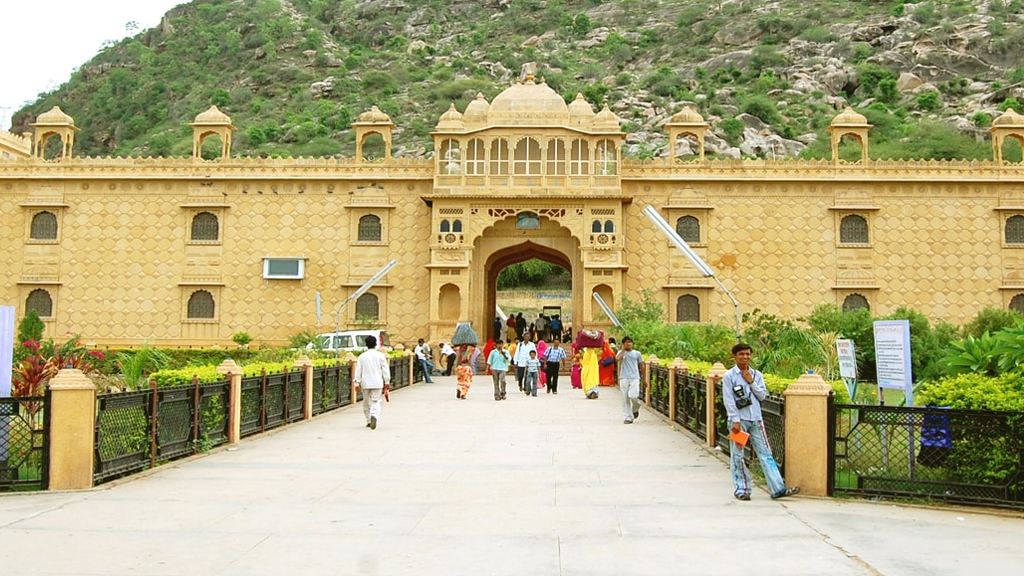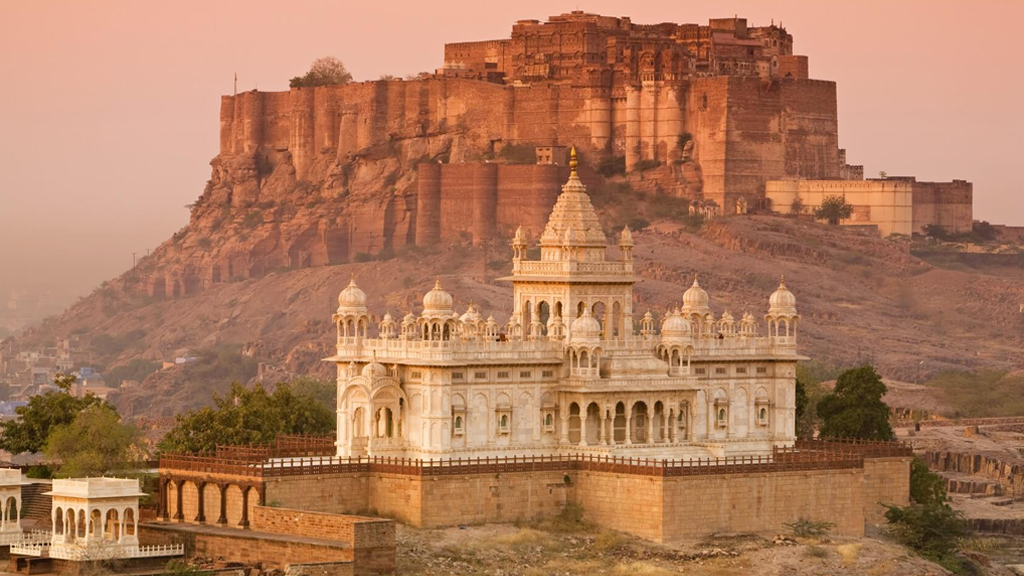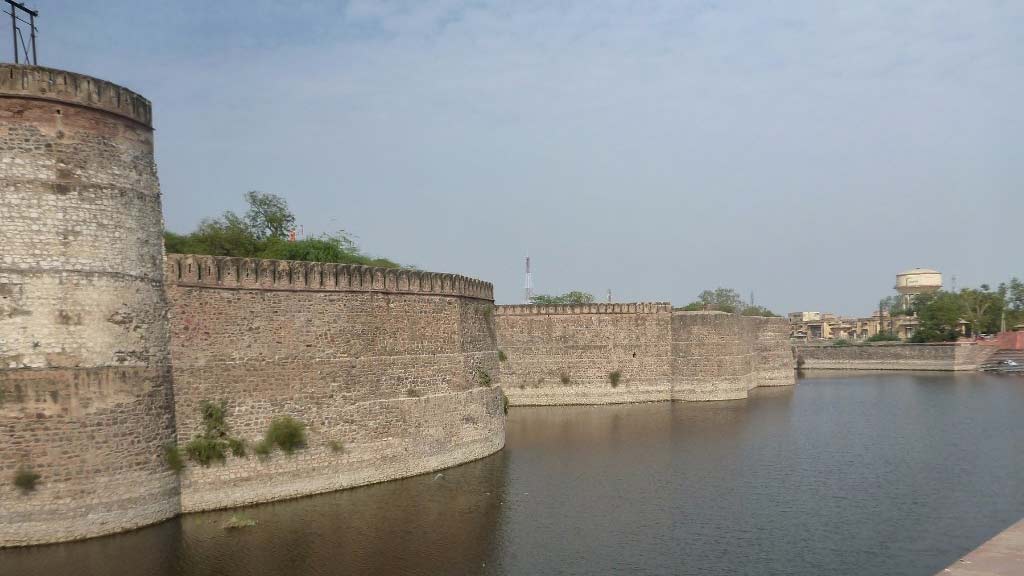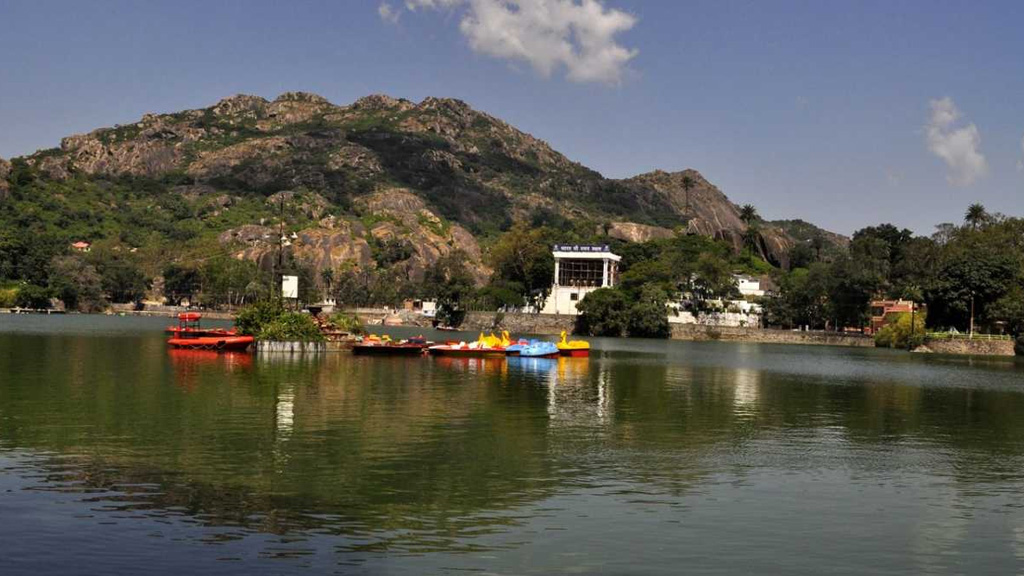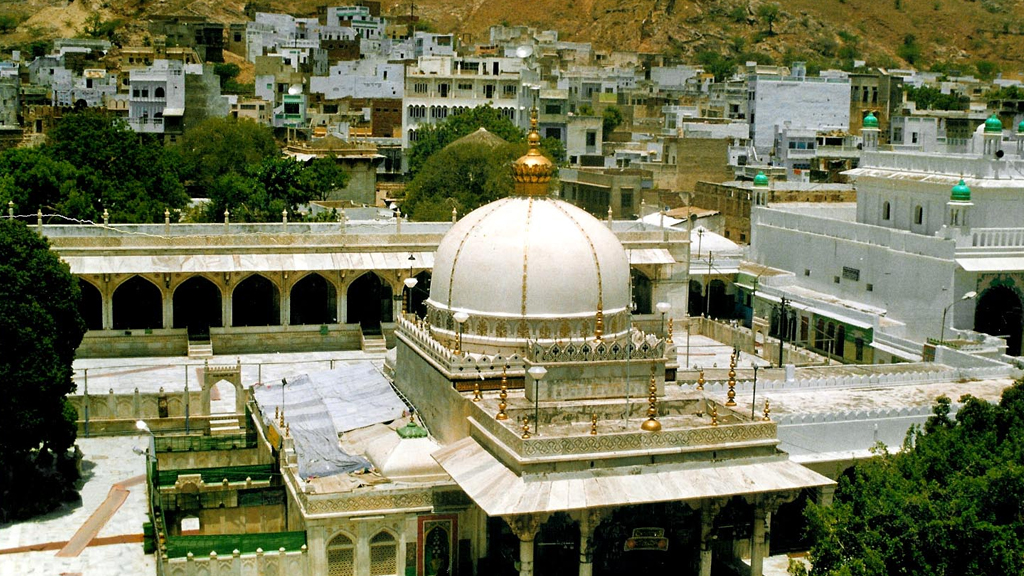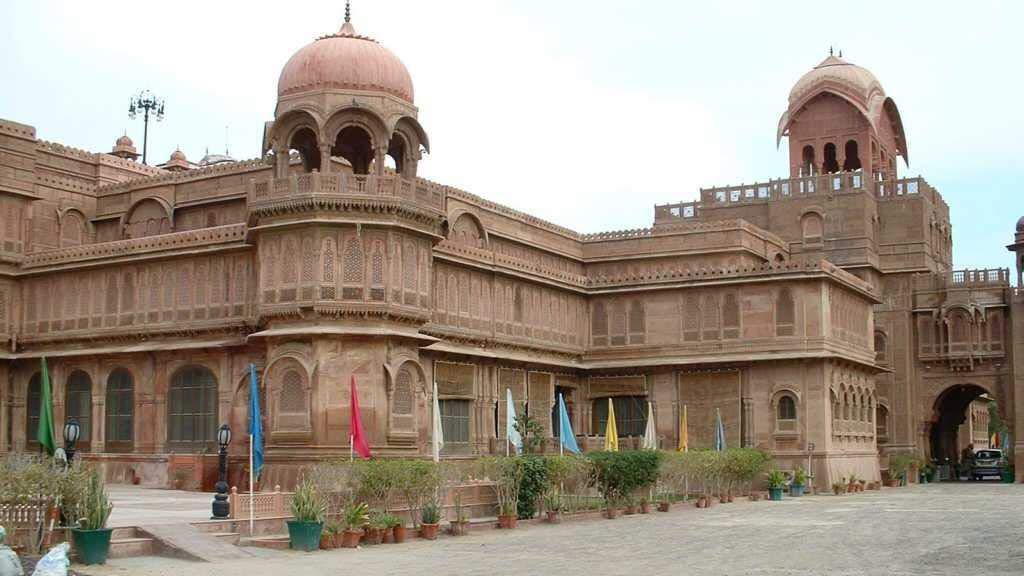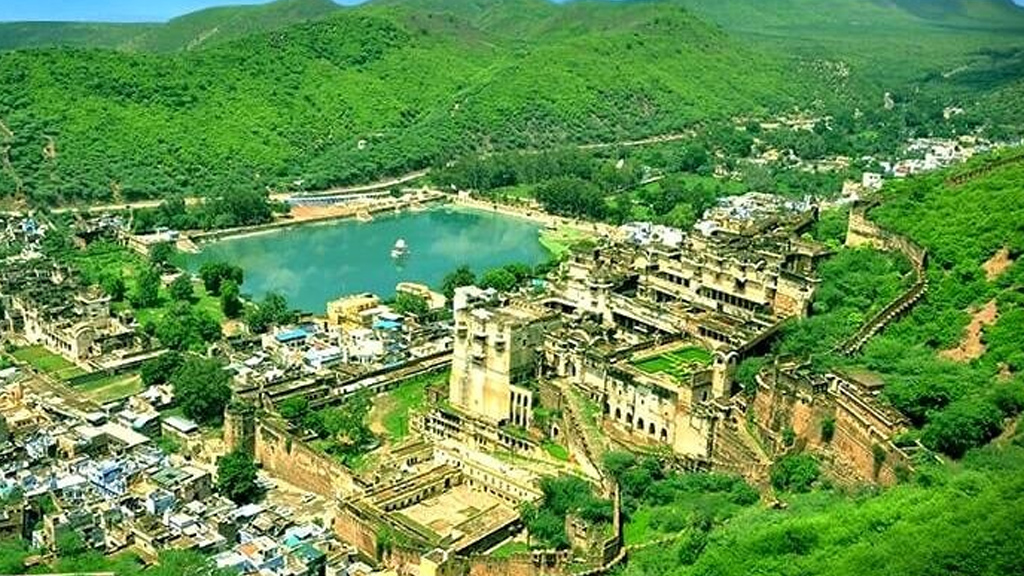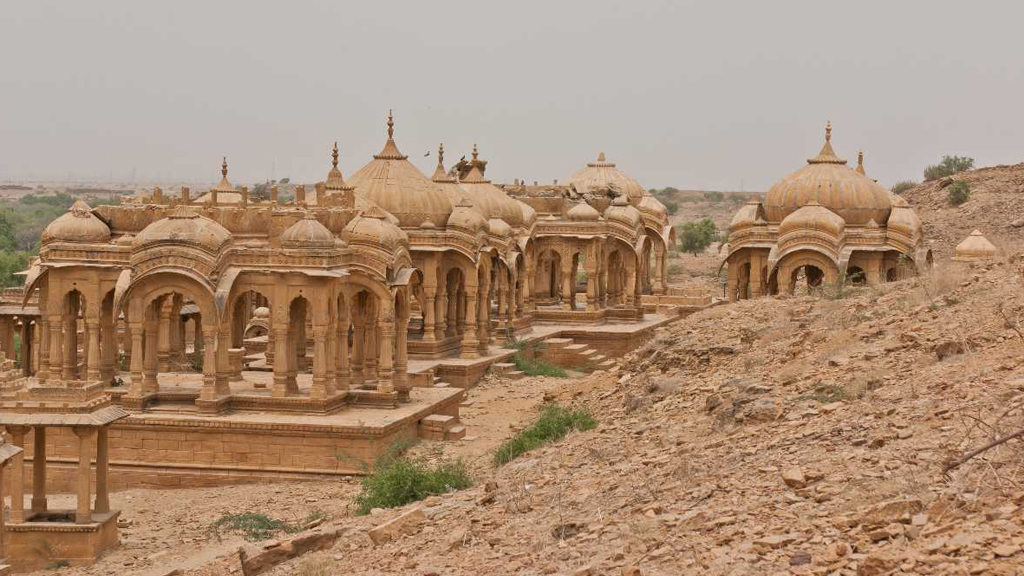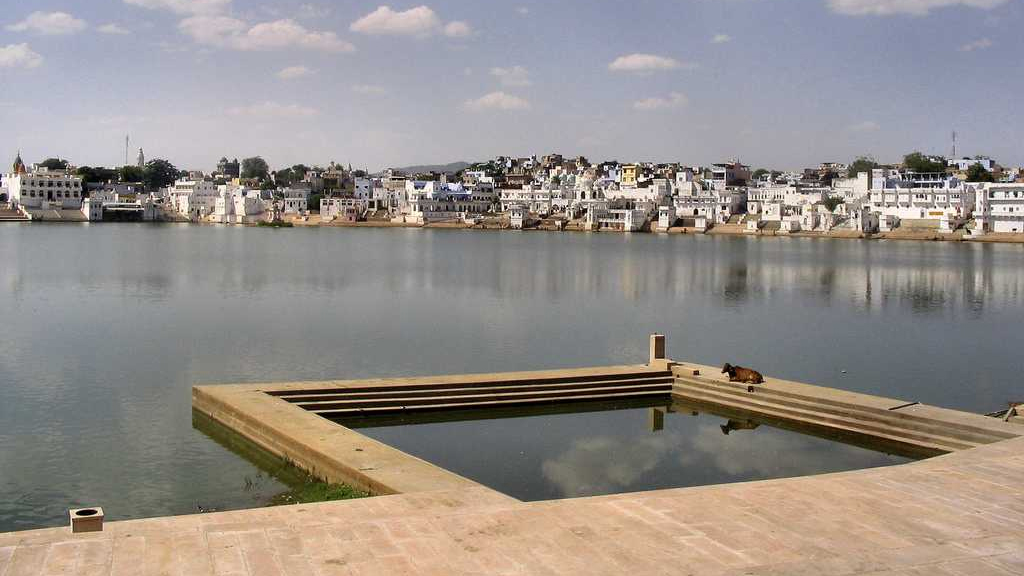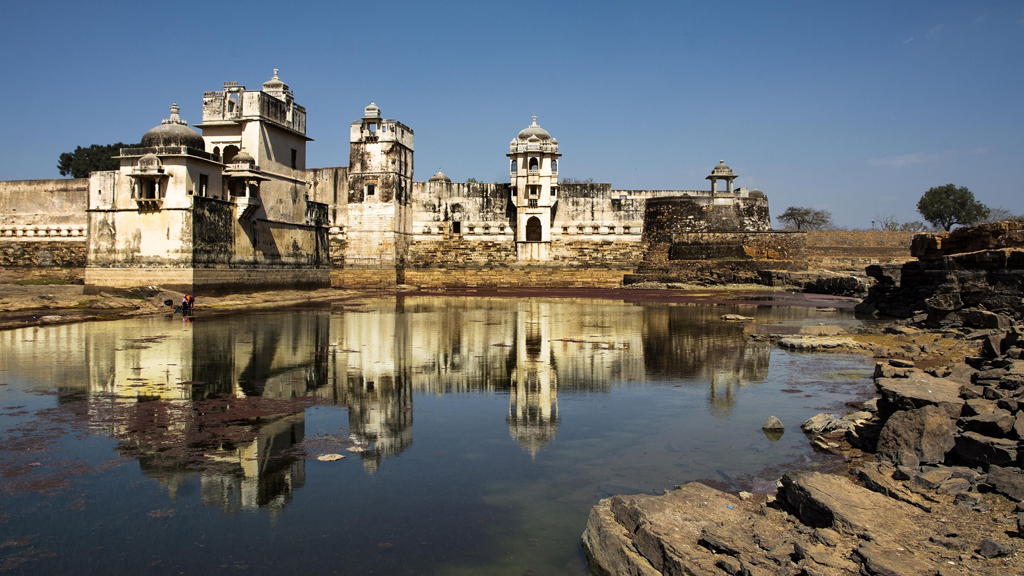6 Things to Do in Bikaner— A Multi-tiered Adventure in Camel Country
In western Rajasthan lies the desert city of Bikaner, home to the Junagarh Fort, that will enamour you with its well-preserved interiors. The fort is not the only reason you should land up here, for Bikaner has a couple of exquisite Jain temples, red sandstone mansions and a camel safari scene that rivals Jaisalmer.
Bikaner’s location along the ancient caravan trade routes made it an important Rajasthani kingdom. Bikaner’s proximity to Delhi meant it was constantly under attack from the Mughals buts its harsh desert topography helped keep invaders at bay. Founded in the late 1400s, Bikaner came into being under Rao Bika, a descendant of the founder of Jaipur. Bikaner was a major camel trading point with the British during the Afghan War and became the first princely state with electrical power in the late 1800s. However, present Bikaner owes it all to Maharaja Ganga Singh, who was a shrewd city planner and diplomat who helped construct the Ganga Canal that, to this day, irrigates the parched lands of the area.
People land up here to get a feel of a Rajasthani city that hasn’t been overrun by tourism. The Bikaner Camel Festival draws a number of travellers, but otherwise this city is a quaint reminder, and a nearly-best-kept secret of Rajasthan’s rich culture. Here’s a list of things to do in Bikaner that will make your trip a memorable one.
1Be part of the psychedelic Bikaner Camel Festival

This annual January festival that takes place in the Red City is nothing short of magical. Travellers landing up in Bikaner are mesmerised by the colours on display, and the rich cultural tradition of western Rajasthan.
Back in the day, camels were the only transport in this region and the festival revolves around the Ship of the Desert. The camel, with its resilience to the unforgiving weather of the desert, epitomises the hardiness of the Rajasthani people.
On the first day of the festival, a kaleidoscopic procession of decked out camels makes its way from Junagarh Fort. From there, the festivities take place at the Polo Ground and include camel dances, camel races, and fur cutting competitions. Explore this popular festival by tasting camel milk products and staring in awe at the traditional folk dances. Ghoomar dance performances (women in long, prismatic skirts swirl to the tune of traiditonal folk instruments) alone is reason enough to be part of the Bikaner Camel Festival.
Organized by the Tourist Department, this 2-day festival is one of the main reasons why travellers visit Bikaner. The people of western Rajasthan spend the festival celebrating the camels of this region that are a vital part of their livelihood.

2Don the explorer’s hat at Junagarh Fort and Lalgarh Palace
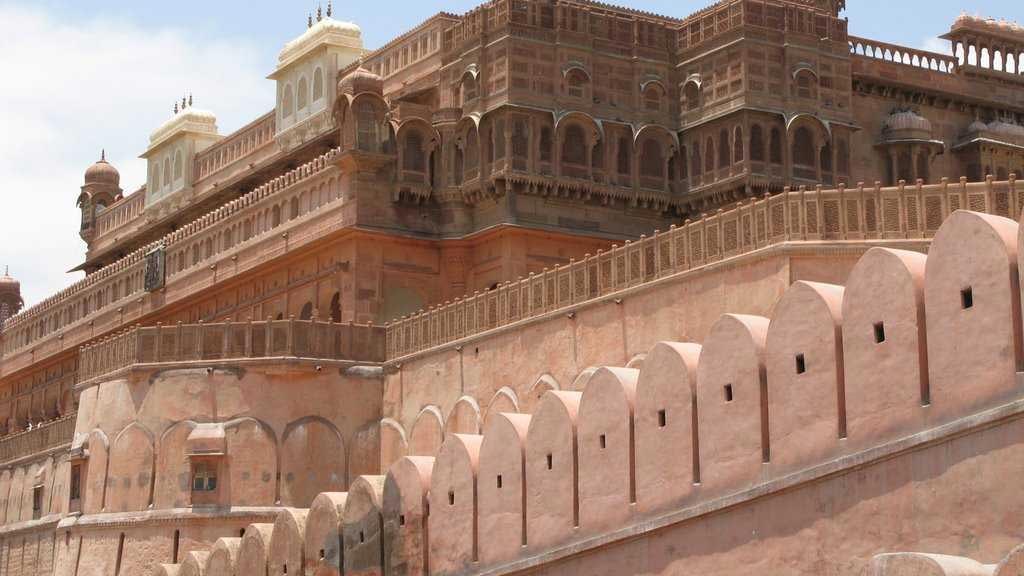
The Junagarh Fort stands out from the others in Rajasthan because it is not perched on a rocky outcrop or hill. Instead, this bastion of old is surrounded by a 986m wall, 37 ramparts and a wide moat.
The palaces, mansions, towers and balconies represent a time when Bikaner was an important kingdom of Rajasthan.
The Diwan-i-Khas has a fairy-tale gold ceiling and a silver throne of the former maharajas. The paintings of Hindu gods and a marble statue of the Sun God are worth checking out at Phool Mahal.
Karan Mahal and Anup Mahal contain splendid paintings by an artist who was relocated from Golconda in south India. The gigantic columns beside Karan Mahal were installed by elephants four centuries ago. The blue tiles, imported from China and Europe, that line the walls of Hawa Mahal are testament to the opulence of Bikaner’s former royalty.
A 10-minute ride from Junagarh is the exquisite Lalgarh Palace, now converted into a heritage hotel. This three-storied palatial mansion has an aesthetic mixture of latticework, Italian colonnades, and filigree work. For travellers, visit the Lalgarh Palace to explore the Sri Sadul Museum on the first floor. The museum contains objects that shed light on the princely lives of Bikaner’s royal family. The black-and-white photographs of hunting trips, and other ceremonies makes it worth the visit.

3A camel safari in the Thar Desert and a pit stop at the National Research Centre on Camel
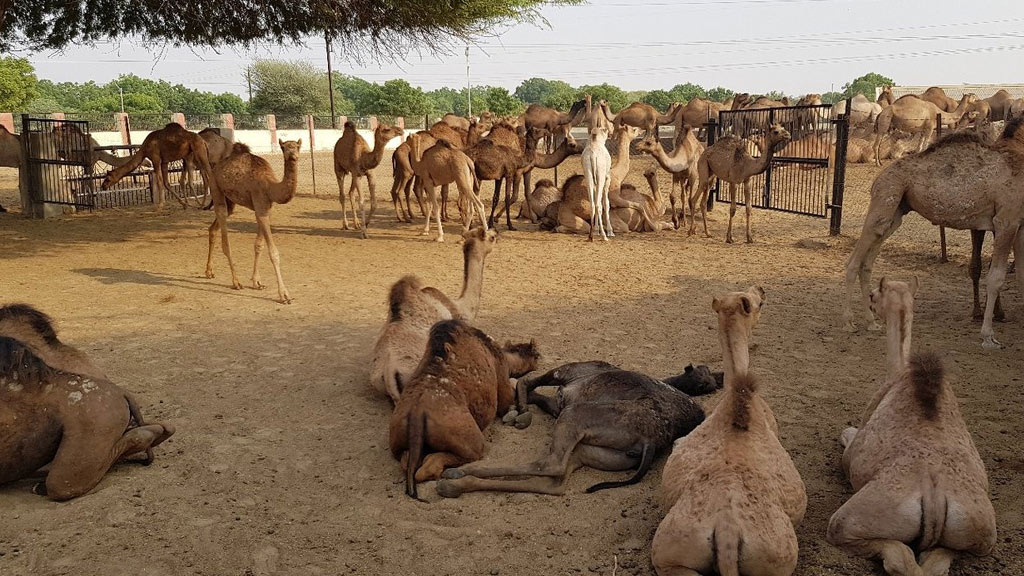
For those looking to bypass the crowded Jaisalmer camel safaris, Bikaner is your next best option. From short day trips to overnight camping facilities, Bikaner offers a camel safari that stays away from the hustle-and-bustle of popular Jaisalmer.
The villages of Sarunda, Ghantiyali, Dawa and Kakkoo are popular destinations for desert camping trips from Bikaner. If you’re looking at a short safari, a camel ride to Raisar village is a good option. You get to explore the village, enjoy an authentic Rajasthani meal, and mingle with the locals.
For those looking to camp out in the desert, signing up for a 2/3 day camel safari is an unforgettable expeirince. Live the life of a nomad, and get to know the Thar Desert face to face. This is the best way of understanding the hardiness of the rural Rajasthani population.
A camel safari is an essential part of things to do in Bikaner. Ask your tour provider for options on the different itineraries in and around Bikaner.
If you have some time to spare, make the trip to the National Research Centre on Camel. The centre is doing some important work with respect to breeding of these animals and you can even ride one of the 200 camels here. Don’t forget to try the camel milk ice cream!

4A culinary adventure with Bikaner’s cuisine
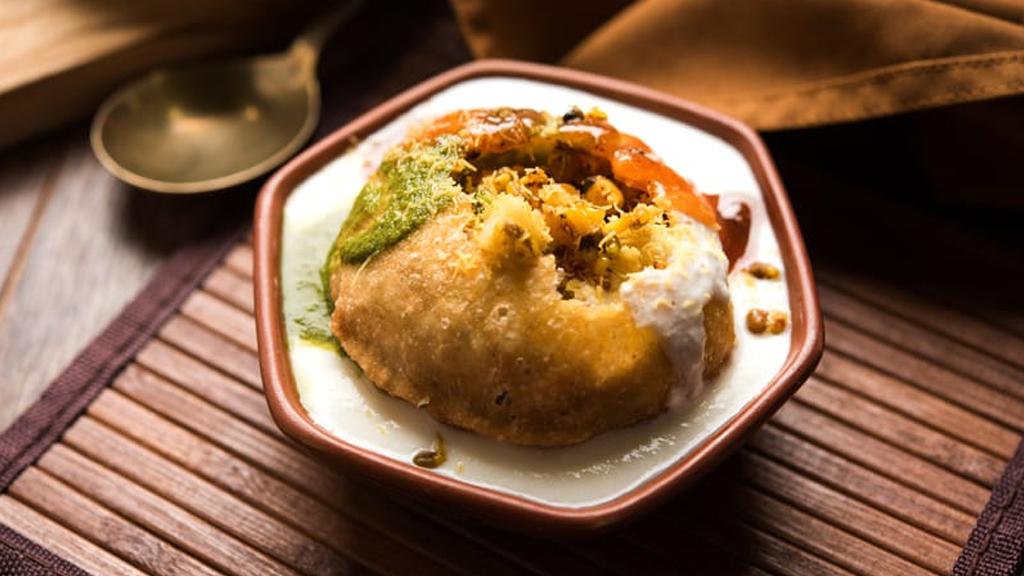
The raj-kachori of Bikaner is a must for any foodie. Stuffed with sprouts and potato, it is served with curd and chutney. A refreshing morning or evening snack. The gram flour dumplings in a spicy gravy, gatte ki sabzi, is a great introduction to a vegetarian curry. The Bikaner version of a Rajasthani thali (platter) is what culinary dreams are made of, and you should certainly set aside a meal (or two) to try a variety of curries, chutneys, and rotis.

5Pilgrim’s progress and glorious temple architecture
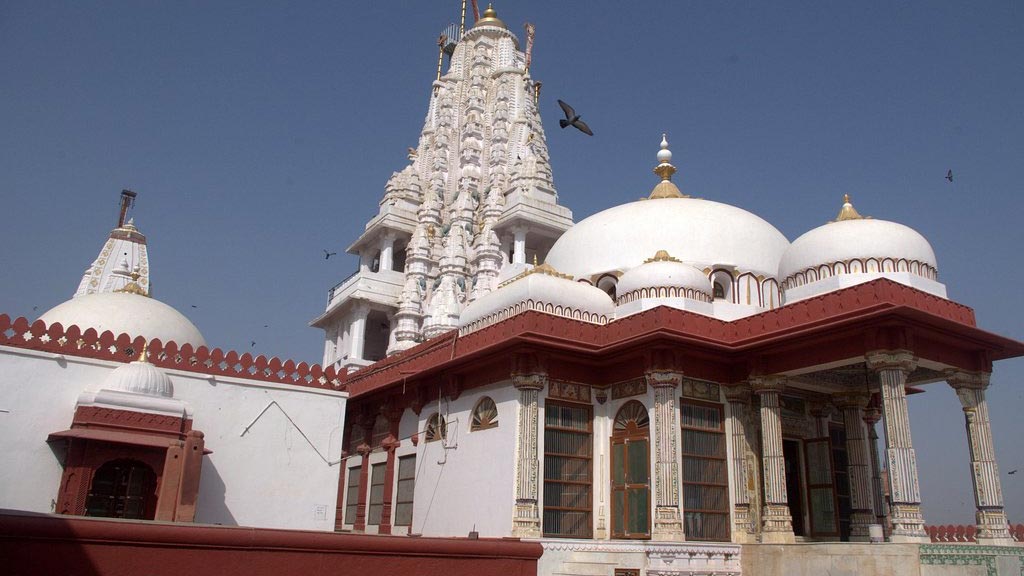
Bikaner is an important religious town, but even secular travellers will find the temples here quite interesting because of their ancient architecture.
One of the most exciting things to do in Bikaner is visit the Karni Mata Temple. The shrine is home to thousands of rats that are worshipped by pilgrims who believe these creatures bring them good luck.
The red sandstone and marble Bhandasar Temple is an important Jain pilgrimage spot. The gold leaf walls, three-tiered shrine, and intricately carved walls make this a must-visit temple in Bikaner. The Sandeshwar Temple, though smaller than Bhandasar is no less of a beauty. The paintings inside the spire are absolutely stunning as are the painted pillars.

6Gajner Wildlife Sanctuary and Jorbeed—A nature lover’s Bikaner
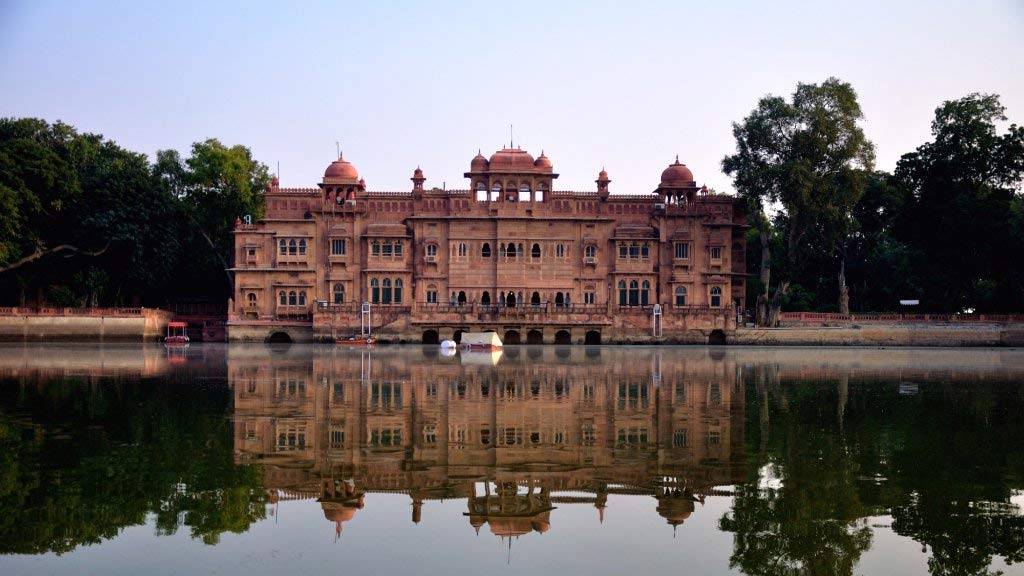
Gajner Wildlife Sanctuary encompasses thickly forested hills that makes for the perfect safari when you can spot desert foxes, blackbuck, wild boar and nilgai. If Bikaner city’s bustling nature starts getting the better of you, head out to this former royal hunting ground and spend the day driving through a floral paradise.
Birdwatchers keep a day aside for Jorbeed, a haven for raptors just 30 minutes away from Bikaner. Egyptian vultures, steppe eagles, griffon vultures are all found here, resting on high branches scoping out their prey. If you’re lucky, you might just spot the swooping image of a majestic Saker falcon.







